- +86-13775339109
- Jessica@nq-fiberglass.cn
- No 61 Fangxian, Danyang, Jiangsu
Table of Contents
ToggleNot sure whether to grab masking tape or painter’s tape for your next project? While these two tapes may look similar, they serve different purposes and deliver very different results—especially when it comes to painting, decorating, or wall protection.
In this guide, you’ll discover the key differences between masking tape vs painter’s tape, including how they’re designed, when to use each, and which one gives you the best results for clean lines and easy removal.
When deciding which tape to use for painting, understanding their core differences is essential. Here’s what sets masking tape and painter’s tape apart:
Masking tape typically features a stronger adhesive, making it ideal for temporary holding, bundling, or general-purpose tasks. However, this strength can lead to sticky residue or surface damage. In contrast, painter’s tape uses a low-tack adhesive that allows for clean removal—perfect for painted surfaces, trim, and delicate finishes.
Painter’s tape is designed to be safe on walls, wood, metal, glass, and other common surfaces. It protects coatings without peeling them off. Masking tape, however, can pull off paint or damage delicate or freshly painted walls, making it a less reliable choice for detailed finish work.
This is where the real difference lies. Painter’s tape is engineered to prevent paint bleed and deliver sharp, clean lines—a must-have for edges, baseboards, and trim. Masking tape often allows paint seepage, resulting in uneven lines or touch-up work.
Masking tape is usually cheaper and suitable for general-purpose use, like labeling, bundling, or light-duty masking. Painter’s tape costs more but provides professional results, especially in interior painting and DIY wall projects.
Painter’s tape is often UV- and moisture-resistant, making it suitable for both indoor and outdoor use. It holds up well under sunlight and humidity. Masking tape, on the other hand, performs best for short-term indoor projects and may degrade if exposed to heat or moisture for too long.
Feature | Masking Tape | Painter’s Tape |
Adhesive Strength | Strong, may leave residue | Medium, clean removal |
Surface Compatibility | May damage delicate surfaces | Safe on most surfaces |
Paint Line Quality | Bleeds easily | Sharp, clean lines |
Price | Lower | Higher |
Weather Resistance | Poor, not UV-resistant | Good, UV/weather-resistant |
Masking tape is a versatile and affordable tool used for painting, labeling, bundling, and more. It’s great for quick indoor tasks, thanks to its strong adhesive.
However, it has a few downsides. The adhesive can leave sticky residue or damage delicate surfaces, and it’s not UV-resistant, so it’s not ideal for outdoor or long-term use.
Here’s a quick list of masking tape pros and cons:
Pros:
Cons:
Painter’s tape is designed for precision painting, popular with both professionals and DIYers. Its special adhesive blocks paint seepage, ensuring sharp, clean lines.
A major advantage is its clean removal, often leaving no sticky residue—even after days. It’s also UV-resistant, making it suitable for outdoor and long-term projects.
However, painter’s tape is generally more expensive than masking tape and less versatile for tasks beyond painting.
Here’s a quick rundown of painters tape pros and cons:
Pros:
Cons:
When painting walls, trim, doors, or ceilings, always opt for painter’s tape. Available in widths typically ranging from 0.5 to 2 inches, painter’s tape provides precise edges, effectively prevents paint seepage, and removes cleanly without damaging fresh paint or surfaces. This makes it the ideal choice for achieving professional-quality finishes.
Why does masking tape often fail in these situations? Masking tape usually has a stronger adhesive and a less effective seal along edges, which can lead to paint bleeding, tearing during removal, or even peeling off fresh paint, especially on delicate or newly painted surfaces.
For non-painting projects, masking tape is a versatile and cost-effective option. Available in common widths such as 0.75 to 1.5 inches, it’s perfect for craft projects, temporary labeling, organizing wires, and packaging. Its strong adhesion and ease of handling make it a go-to tape for general use, especially when sharp lines are not critical in your painting job.
If you need a fast, budget-friendly solution, generic masking tape is well suited for temporary holding, such as securing plastic sheeting, blocking dust, or sealing minor cracks. While it’s practical for quick fixes, keep in mind that using the right tape is crucial for precise paint projects, as it may cause paint bleed or leave tape residue.
Clean and dry the surface thoroughly before applying tape to ensure proper adhesion.
Press the tape edges firmly using your fingers or a plastic scraper to create a tight seal and prevent paint bleed.
Start painting shortly after applying tape—waiting too long can weaken the adhesive, causing it to lift or fail.
Remove the tape when the paint is dry to the touch, but not fully cured, for best results.
Peel the tape slowly at a 45-degree angle to avoid tearing the paint or pulling off the finish.
If any adhesive residue remains, gently clean it with a damp cloth or a suitable adhesive remover.
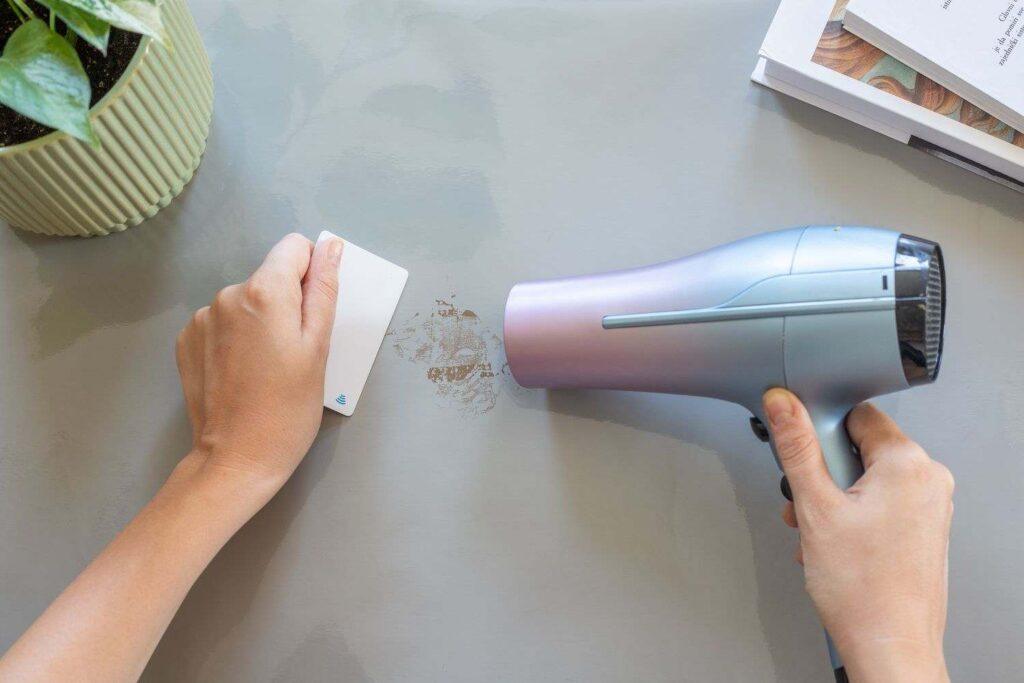
Whether you’re painting, packaging, or masking in industrial settings, choosing the right masking tape is key to achieving clean results and working efficiently. Here are several professional-grade masking tapes tailored to different applications, with recommended sizes to suit your project:
Ideal for basic surface protection, labeling, and general-purpose tasks.
Best for: Indoor use, bundling, temporary holding
Adhesion: Medium
Temperature Resistance: Room temperature (up to 40°C)
Color: Natural white
Available Widths: 12 mm, 18 mm, 24 mm, 36 mm This tape offers versatility for everyday tasks, providing reliable adhesion without damaging surfaces.
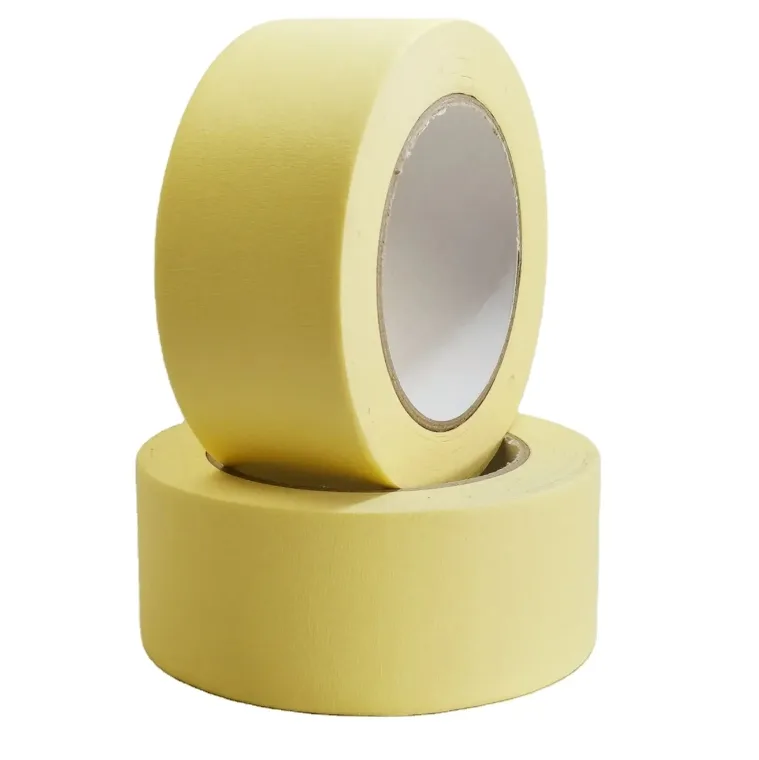
Designed for easy removal and clean lines on delicate or sensitive surfaces.
Best for: Crafts, decor projects, delicate finishes
Adhesion: Light
Temperature Resistance: Medium (up to 80°C)
Color: Light yellow
Available Widths: 12 mm, 19 mm, 25 mm Perfect for projects where precision and surface protection are crucial.
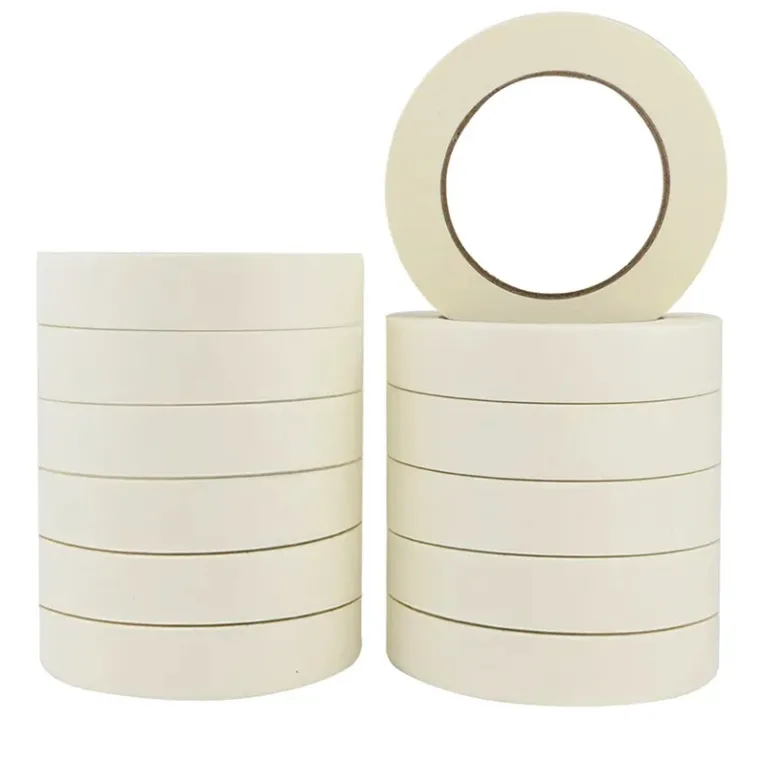
Resistant to moderate heat, suitable for short baking or curing cycles.
Best for: Spray painting, auto detailing, industrial masking
Adhesion: Strong
Temperature Resistance: Up to 120°C
Color: Yellow or beige
Available Widths: 18 mm, 25 mm, 36 mm, 48 mm Ideal for professional settings requiring durability during heat
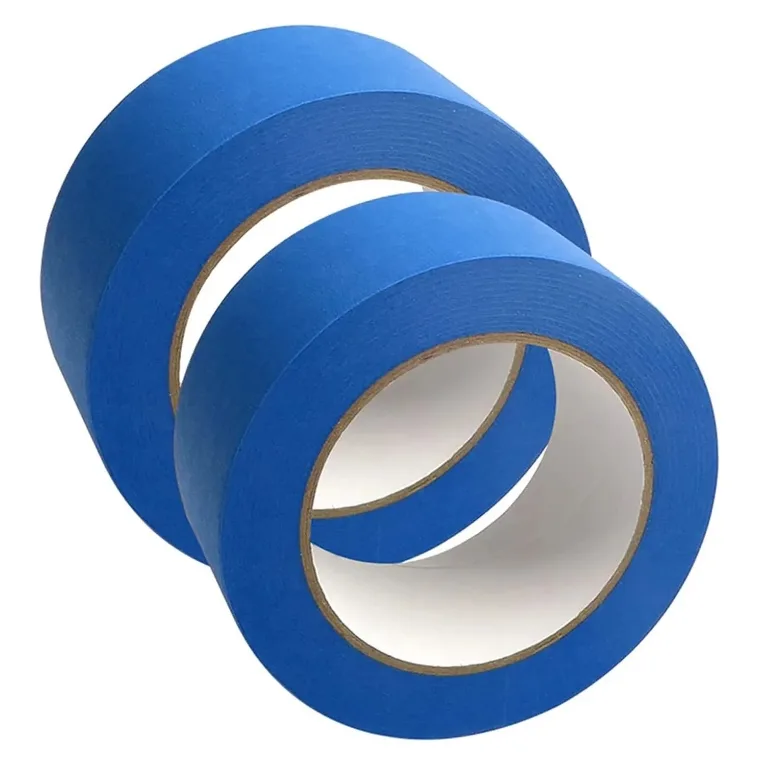
Engineered for heat-intensive processes like powder coating and automotive painting.
Best for: Baking environments, automotive painting, powder coating
Adhesion: Strong
Temperature Resistance: Up to 160°C
Color: Amber or tan
Available Widths: 19 mm, 25 mm, 36 mm Built to withstand extreme heat while maintaining adhesion and clean removal.
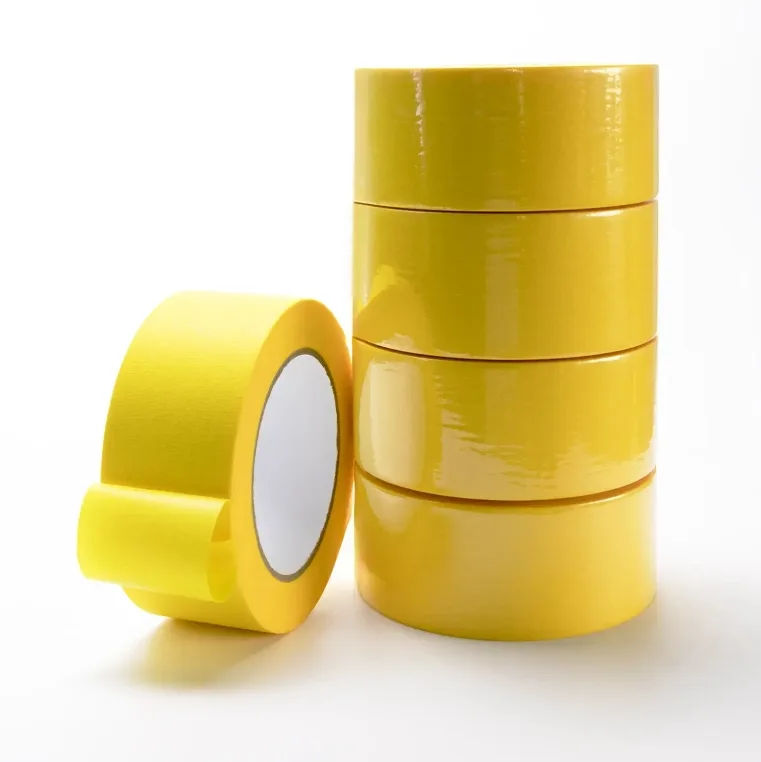
A balanced option for everyday packaging and masking at room temperature.
Best for: Light packaging, DIY, labeling
Adhesion: Medium
Temperature Resistance: Up to 80°C
Color: Natural white
Available Widths: 12 mm, 18 mm, 24 mm Suitable for a wide range of daily tasks where moderate adhesion and easy removal are needed.
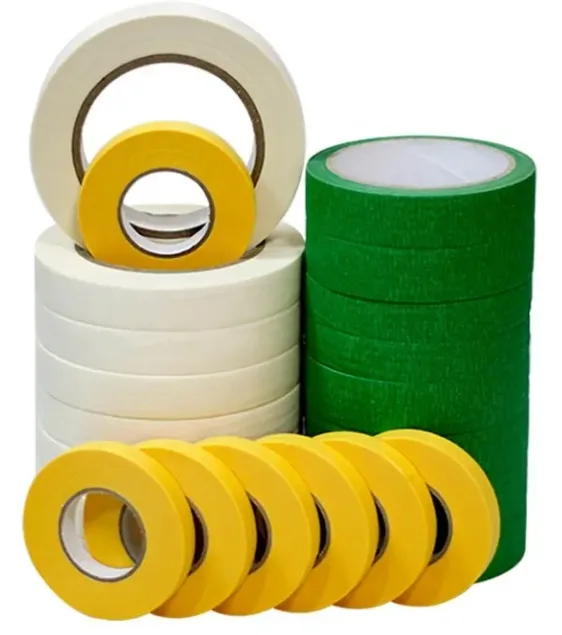
Want to learn more about different types of carbon fiber and how they’re used? We also offer high-quality masking tapes for painting, packaging, and industrial applications—helping you achieve clean, professional results every time.
Have questions or a project in mind? Feel free to contact us anytime—we’re here to help!
Connect with an NQ expert to discuss your product needs and get started on your project.
The primary difference is in their design and use. Painter’s tape is made for clean removal and precise paint lines. Masking tape is more versatile but may leave residue and cause paint bleed.
Yes, but it’s not ideal. It may cause paint to bleed or tear off when removed. Use only when precision isn’t crucial.
It has a specialized adhesive that prevents seepage and peels off cleanly. This precision makes it worth the higher price.
Up to 14 days, depending on the brand and conditions. Some UV-resistant versions can last longer outdoors.